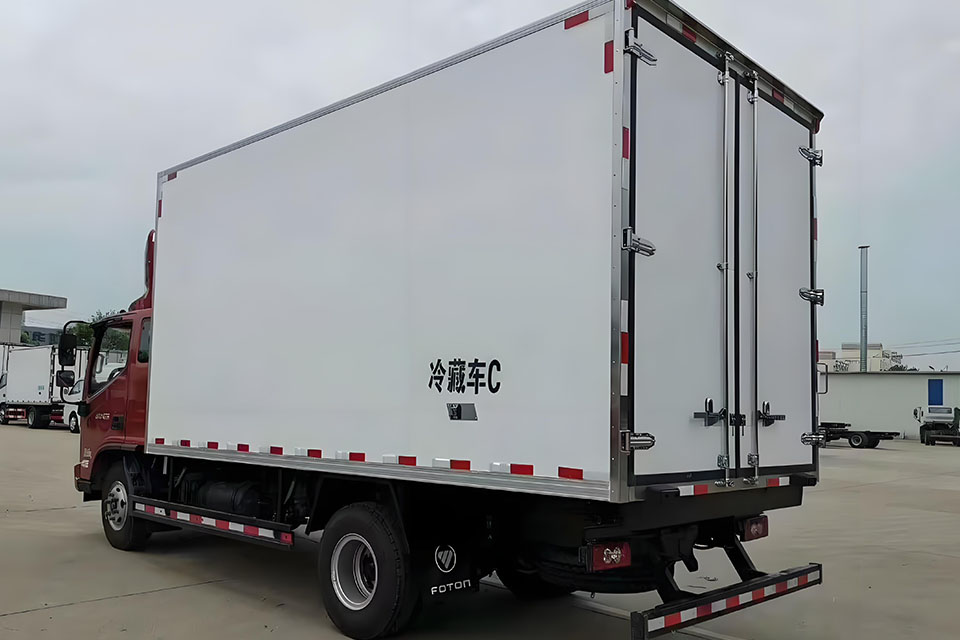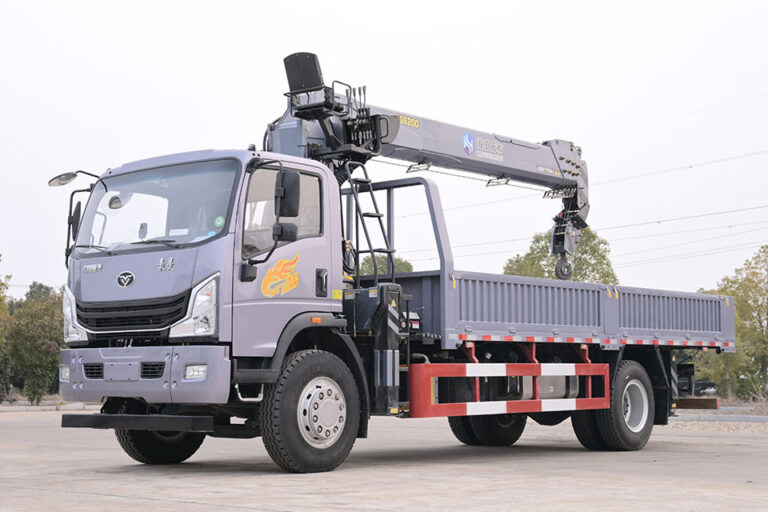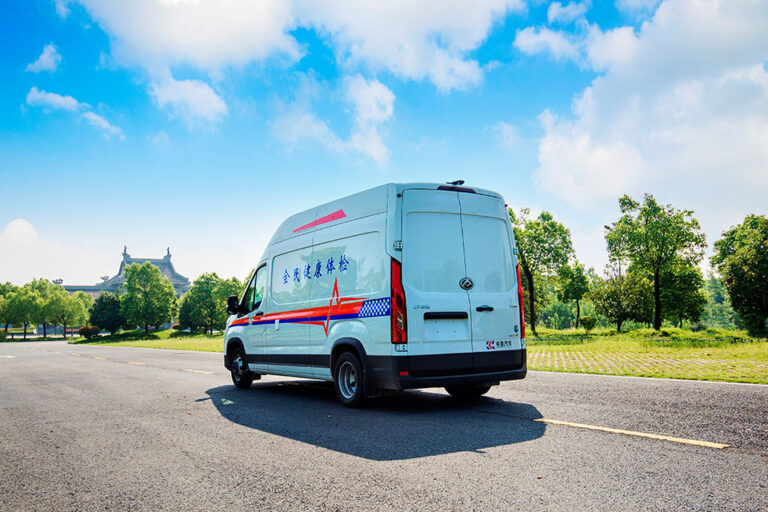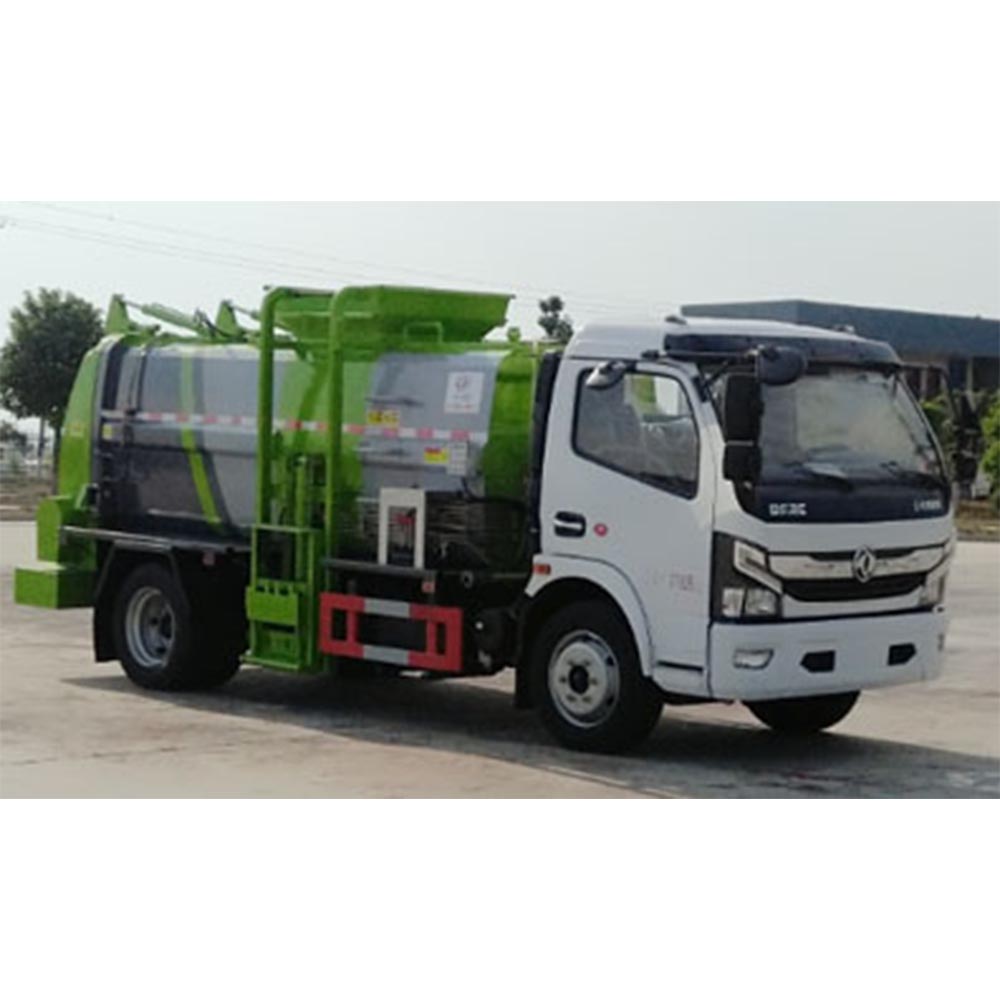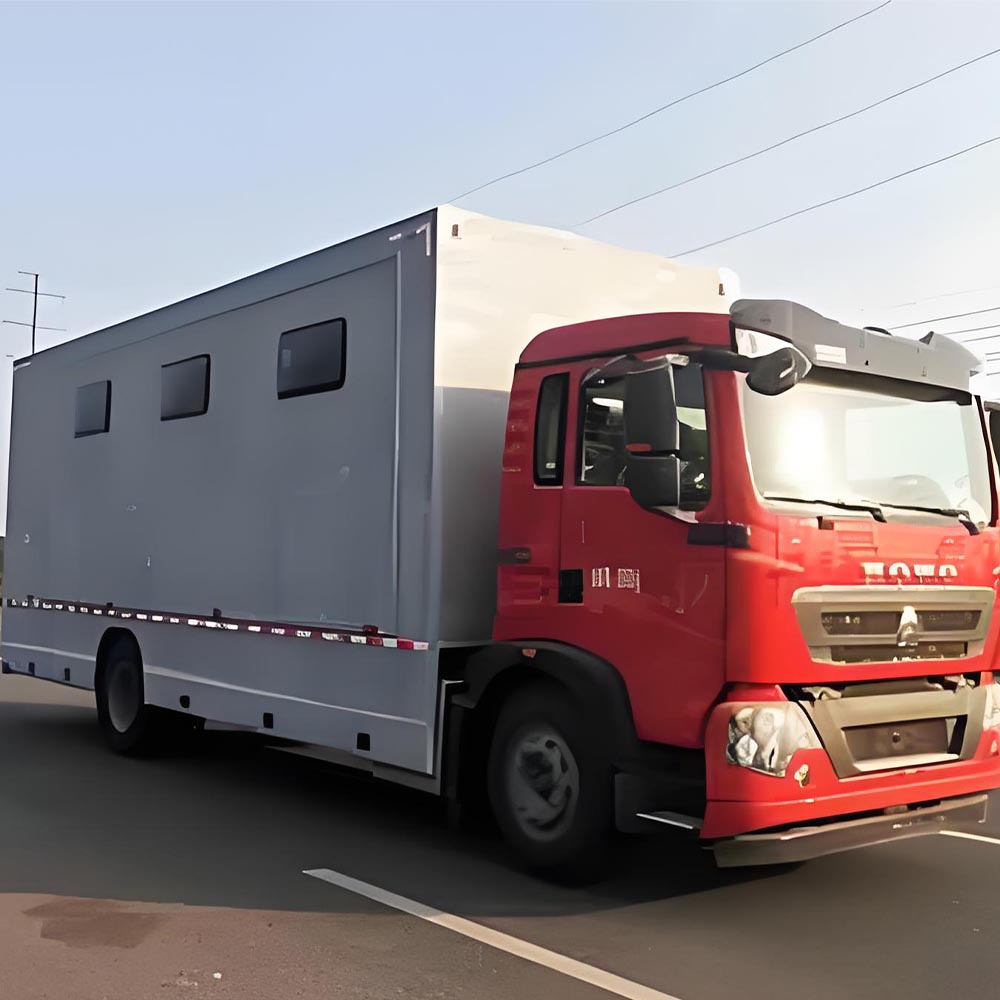-
Chengli Automobile Industry Park

How do you transport refrigerated vaccines?
To transport refrigerated vaccines, you need to be very careful. Vaccines can lose their power if they’re not kept cold enough. More than 50% of vaccines fail each year because they aren’t kept at the right temperature. Let’s talk about how to move them safely.
Table of Contents
Importance of Keeping Vaccines Cold
Vaccines need to be kept cold all the time. If they get too warm, they can stop working. There are rules to help make sure vaccines stay cold. The CDC and WHO have guidelines to help do this. Following the rules helps keep vaccines safe and ready to use.
Things You Need for Safe Vaccine Transport
- Insulated Coolers: You need a cooler that’s made just for keeping vaccines cold. It needs to have a tight lid to keep out warm air.
- Ice Packs: Use ice packs that are cold but not frozen. Frozen ice packs shouldn’t touch the vaccines because it can make them too cold.
- Gel Packs: For very cold vaccines like some COVID-19 vaccines, gel packs that are made very cold (-30°C) are used.
- Temperature Monitors: These are devices that tell you if the vaccines are staying at the right temperature.
Step-by-Step: How to Pack and Move Vaccines
- Get Ready: Check vaccine expiration dates. Cool your storage materials 24 hours before you need to use them.
- Pack Carefully: Put vaccines in the original packages in the cooler. Use ice packs and space them around the vaccines.
- Monitor during Transit: Keep the cooler closed as much as possible. Check the temperature often.
- After Arrival: As soon as you reach your destination, put the vaccines in a proper refrigerator.
Special Vaccines Need Special Care
- Some vaccines need to be kept frozen or moved with dry ice.
- Light-sensitive vaccines should be wrapped to keep out sunlight.
- After you take the vaccine out of storage, don’t try to freeze it again.
Table: Important Vaccine Transport Information
| Aspect | Details |
|---|---|
| Market Size (2025) | Vaccine cold chain logistics market size: XX Million |
| Regional Market | Europe cold chain market size (2019-2025): XX billion USD |
| Cold Chain Issues | 50% of vaccines lose potency each year |
| New Supply Chains | 6 additional lines needed to supply all needed vaccines |
| Success Stories | Gel packs at -30°C used successfully for COVID-19 |
| Stability Example | Yellow Fever vaccine shortens lifespan at higher temps |
| Tech Application | Two-stage system used in cold climates for COVID-19 |
Keeping Vaccines Safe: A Transport Guide
Vaccine Loss Due to Temperature Issues
Over 50% of vaccines lose their effectiveness due to incorrect temperature control during transport.
Ideal Temperature Range
Most refrigerated vaccines should be kept between 2°C and 8°C.
Key Steps for Safe Vaccine Transport
- Prepare: Check expiration dates. Cool your storage 24 hours ahead.
- Pack: Use ice packs around vaccines. Don’t let them touch directly.
- Monitor: Keep the cooler closed. Check temperature often.
- Arrive: Put vaccines in a proper fridge right away.
Important Considerations
- Frozen vaccines need dry ice or special frozen packs.
- Protect light-sensitive vaccines from light.
- Never refreeze a vaccine after thawing.
Emergency Transport
When there’s an emergency, like if the power goes out, you need a plan. Small coolers with cold water bottles can help . If there’s a natural disaster, follow emergency procedures right away.
Avoid These Mistakes
- Don’t let ice packs touch the vaccines directly.
- Don’t over-pack coolers because air needs to move around.
- If vaccines get too warm, don’t use them.
Tools and Training
There are guides like the CDC’s You Call the Shots Module 10 that help you learn how to do this right. In places like Massachusetts, there are specific guidelines.
FAQs
Can I reuse my transport coolers?
Only if they’re cleaned and checked first.
How long can vaccines be out of the fridge?
Not more than 8 hours.
What if the temperature was wrong?
Don’t use those vaccines. Check with the manufacturers.
For more information on specialized vehicles used in cold chain logistics like Vaccine Transport Vehicle or Cold Chain Logistics Truck, you can visit these links.
Remember, keeping vaccines cold is very important to make sure they work. Sticking to the rules helps save lives by ensuring vaccines are ready to fight disease.
